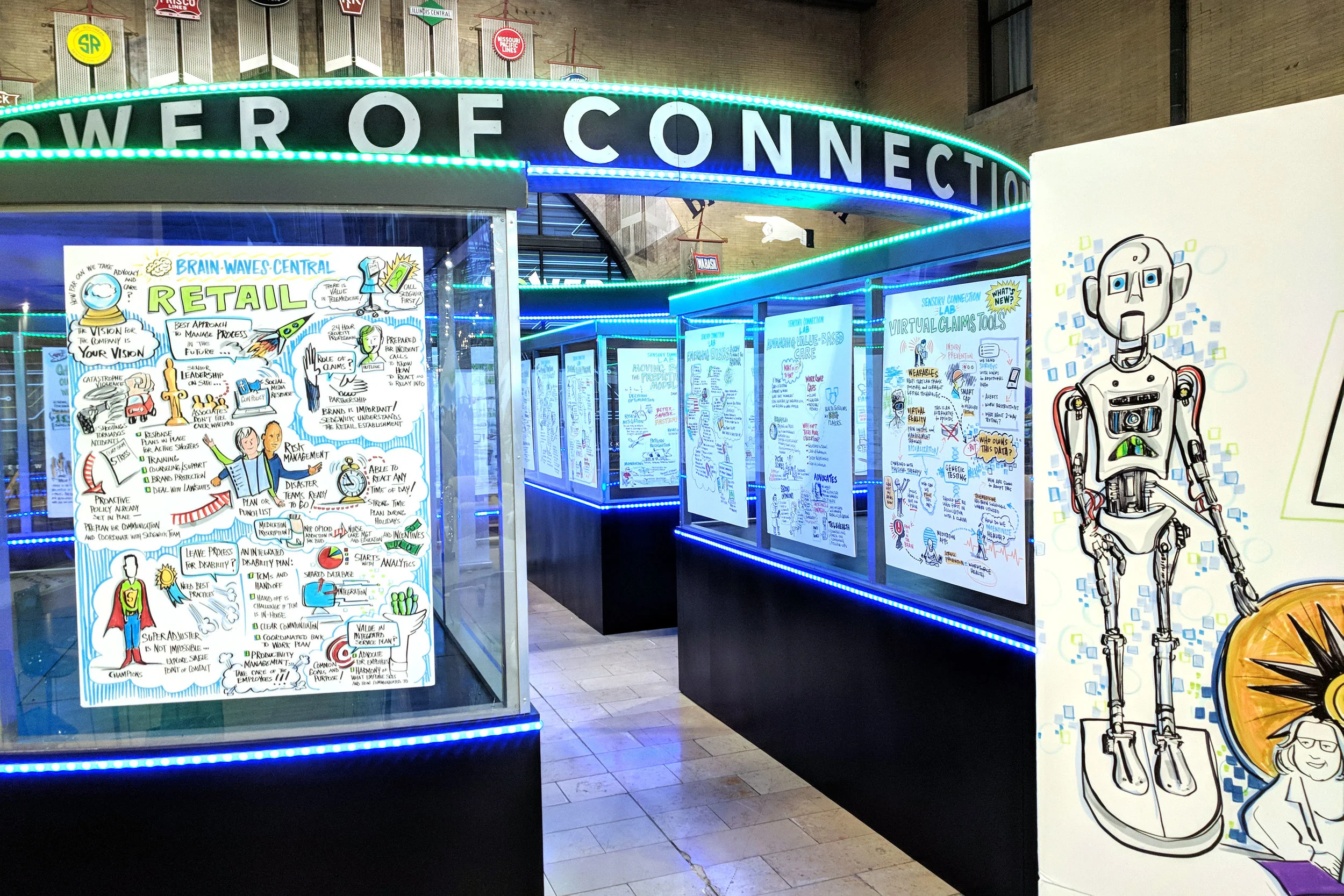Wordle Goes Mainstream
/ A century of most popular baby names - top 50 by decade
A century of most popular baby names - top 50 by decade
Yesterday's post commented on Fast Company's recognition of the importance of visualization skills. In their commentary, FC posted screenshots and video of word-images created with Wordle.
These Rorchschach-like wordmaps are fun, easy and effective to create with this (free) java-based web service. Many websites (including ours) now use the resulting images as navigation, sitemaps or splash screens. The Wordles give the viewer an instant impression of themes and importance ideas through font size and color.
I was blown away to see a Wordle used on the front page of USA Today as a feature article--not on the tool or on data visualization, but used as a graphic to illustrate the shifting trend in baby names!









